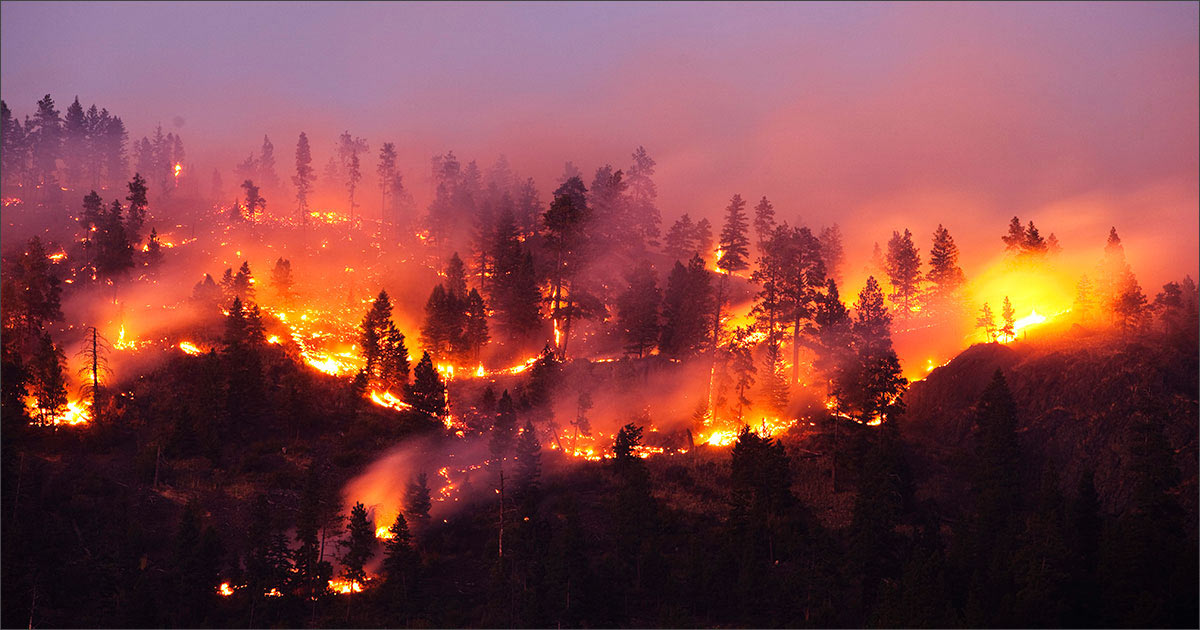CA DOI Wildfire Requirements Can Spark New Opportunity
CA DOI Wildfire Requirements Can Spark New Opportunity

Amid all the rain we’ve seen in California, wildfires might be the last thing on your mind. That is unless you’re in the P&C insurance business.
If you’re doing business in California, you’re likely focused on the new California Department of Insurance (DOI) wildfire regulations.
I went deeper into the requirements in my last blog post, but there are four key requirements insurers must comply with:
Providing customers with transparency into wildfire risk scores
Offering mandatory discounts to homeowners for certain mitigation actions
Allowing homeowners to dispute their score through a resolution process
Providing recommendations for mitigation actions along with premium impacts
While these new requirements may have you scrambling, they don’t have to be a burden. In fact, this can be taken as an opportunity –– an opportunity to review and upgrade your property risk data resources and risk models in an effort to remain competitive in an evolving market.
The market has seen the accessibility and quality of data explode – and we are starting to see a separation between those companies relying on legacy models and data, as compared to those leveraging next-generation models and data resources.
I recently read a report from the consulting firm McKinsey that said best-in-class insurers are “putting distance between themselves and their competitors” by applying advanced data, analytics, and risk models. McKinsey estimated that insurers using next-generation data and analytics can reduce loss ratios by three to five points.
So why not make the most of this moment? Why not use it as an opportunity to reevaluate your data and risk models?
Most current wildfire models calculate risk based on just three criteria, whereas we’ve seen our customers updating their wildfire risk models to evaluate six to over 20 criteria. And with HazardHub you have access to more than 1,200 property risk data points. That offers you significant flexibility to differentiate yourself from competitors and screen prospective customers.
There are at least 10 companies offering wildfire risk models in the market. Use this time to evaluate the competition – and learn what’s available and what’s achievable.
You have approximately 90 days before you need to refile with the CA DOI. You can use that time to:
Evaluate Models – Use the next 30 to 40 days to look at the market and evaluate the wildfire models and fire data available to you. At a minimum, you’ll want to engage your IT and Underwriting departments in this evaluation process.
Decide and Engage – Then use the following 30 days to make an internal decision on which model to deploy and engage with that tech company or service provider. You’ll want to negotiate and contract with your wildfire model provider in this timeline.
Prepare Filing – This will leave you about 30 to 40 days to prepare your filing and update rate pages and underwriting manuals. Your model provider should and likely will help you fulfill and expedite these processes.
As for Guidewire, our HazardHub Enhanced Wildfire Model was designed specifically to meet the compliance challenges of this regulation. The model provides greater accuracy than competitive models, in part due to the scope and depth of data it employs.
We’ll even let you test our model with your own data – and assist you with your refiling with the state.
To learn more about HazardHub and HazardHub's comprehensive risk data, connect with your Guidewire Account Executive.
Tags
Most Popular